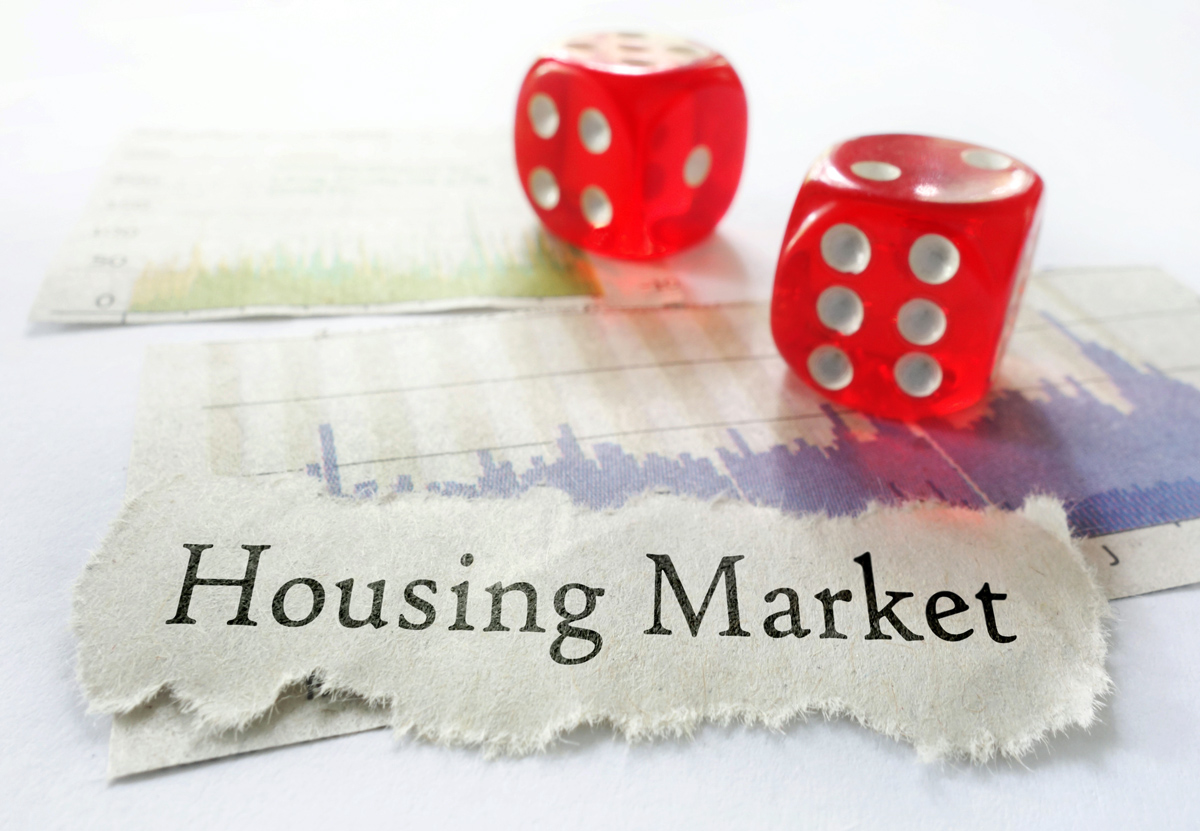'Never Enough Eichlers' - Page 2
 |
|
|
 |
|
|
 |
|
|
"There's just not enough inventory—no one wants to put their house up [for sale]," Boyenga said of sales volume projections. While strong sales for Eichlers indicate an interest in modern design among buyers, he said, developers "really haven't caught on yet" and continue to build more ranch-style housing.
"Interest rates will creep up a bit later in the year—and for buyers, that could mean lower purchasing power," Fox predicts, noting the half-point climb of late. "Combined with the Bay Area's low inventory, buyers will probably face similar multiple-offer situations in 2017 as in recent years."
"There's going to be 'multiples' on just about any competitive pricing," agrees Boyenga, who further predicted of Eichler sales, "Anything that a seller wants, buyers are going to have to work around that."
While seven-figure prices have become the norm for some Eichler communities in Marin County and the South Bay, Laule said she is currently focused on bringing home the first million-dollar Eichler sale in Orange.
"It has not happened down here, ever," she says, but very soon. Compared to the Bay Area, she notes, "We don't have as much inventory. We only have 337 [Eichlers here]. And some of the ones that have come up [for sale] have been just butchered [design-wise]."
The small turnaround in the historically low lending rates have some wondering if that change is the first shimmy in a real estate bubble getting ready to burst. One also has to consider the historically cyclical nature of the market, even in the Bay Area, as documented in several recent studies.
The study linked above identifies a 32-year history in Bay Area real estate cycles—slumps lasting about four years, and recoveries lasting five to seven years—with one anomaly in 2001 attributed to 9-11 and the 'dot-com' implosion. Given that the current recovery started near 2012 for most regions of the Bay Area, that would seem to indicate, if history repeats itself, the onset of a downturn any year now.
"The Bay Area has a strong economy combined with limited inventory, current low interest rates, and high rents, which means a great opportunity for spring sellers, but it's difficult to predict as we get further into the year," Fox points out.
He also noted hearing an inclination toward transacting sooner rather than later expressed recently by both buyers and sellers, in part due to the incoming president.
"With real estate itself, I don't think he'll hurt us," predicts Boyenga, noting that Donald Trump's background in real estate might actually help the industry. He said there is some concern over the impact of 'wild cards,' such as Trump's recent overtures to Taiwan possibly affecting relations with China and having global market repercussions.
If the current market recovery does slow or reverse entirely, Boyenga says, "areas where there's more land available [to develop]…will get hit harder," including the Central Valley, Morgan Hill, and some parts of San Jose.
"In places like Palo Alto and Los Altos, there is no more land," he contrasted, returning as always to the home inventory issue. "There just are not enough Eichlers, and there never will be."




